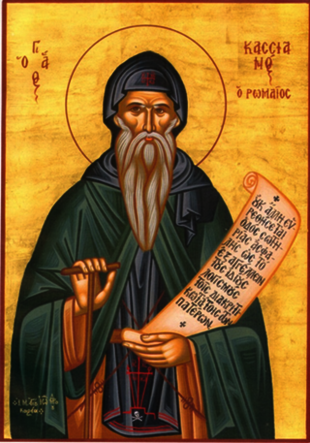Early Latin Monastic Culture
This project investigates how tension between authority and freedom, between personal and communal interests are expressed and negotiated in the texts attributed to the three most important transmitters of that heritage to the Latin monastic world: Jerome of Stridon (c. 345-420), Rufinus of Aquileia (345-411), and John Cassian (c. 360-435). In addition other early Latin texts will be consulted.
As bilingual authors the three selected authors contributed through their translations and works to the creation of a literary corpus and the development of a culture that transmitted and transformed Greek monastic tradition and that had a decisive impact on education and social formation for centuries. On the basis of questions about how and why the texts were translated, authored and transmitted, how crucial ideals and concepts were translated, interpreted and transformed, and how a culture of reading and usage developed, the project looks for answers to fundamental questions about how Latin monasticism and through it Western education was formed. Our hypothesis is that in this process authority and rules, as well as emphasis on communal needs were promoted above ideals with an emphasis on individual freedom and personal development, which were more prominent in the earlier Greek tradition.
Work process
The texts will be analyzed in relation to the classical educational tradition and the Greek monastic tradition, as well as in relation to relevant contemporary Latin monastic texts and the tradition they contributed to.
The texts and contexts will be studied on two tracks in parallel:
a. Crucial concepts and ideas
In order to study the selected texts in detail, we will make use of text mining through structural topic modeling, which makes it possible to identify and analyze the prevalence of the different topics across the corpus. This will be complemented by collocation and concordances analyses to make it possible to analyze the concepts quantitively and qualitatively through collocation of different words and through concordances. By relating the usage and transformations of these concepts to the transmission and reception of the texts, we may draw conclusions about how the texts were used and understood, thus revealing important aspects in the creation and preservation of the textual communities.
b. Textual practices
Working within the context of textual culture and the framework of textual community, we will search for traces within the texts for the practices in which they were embedded. In the analysis of writing, reading and memorization practices, special attention will be paid to the relation between the selected texts and the classical rhetorical tradition



